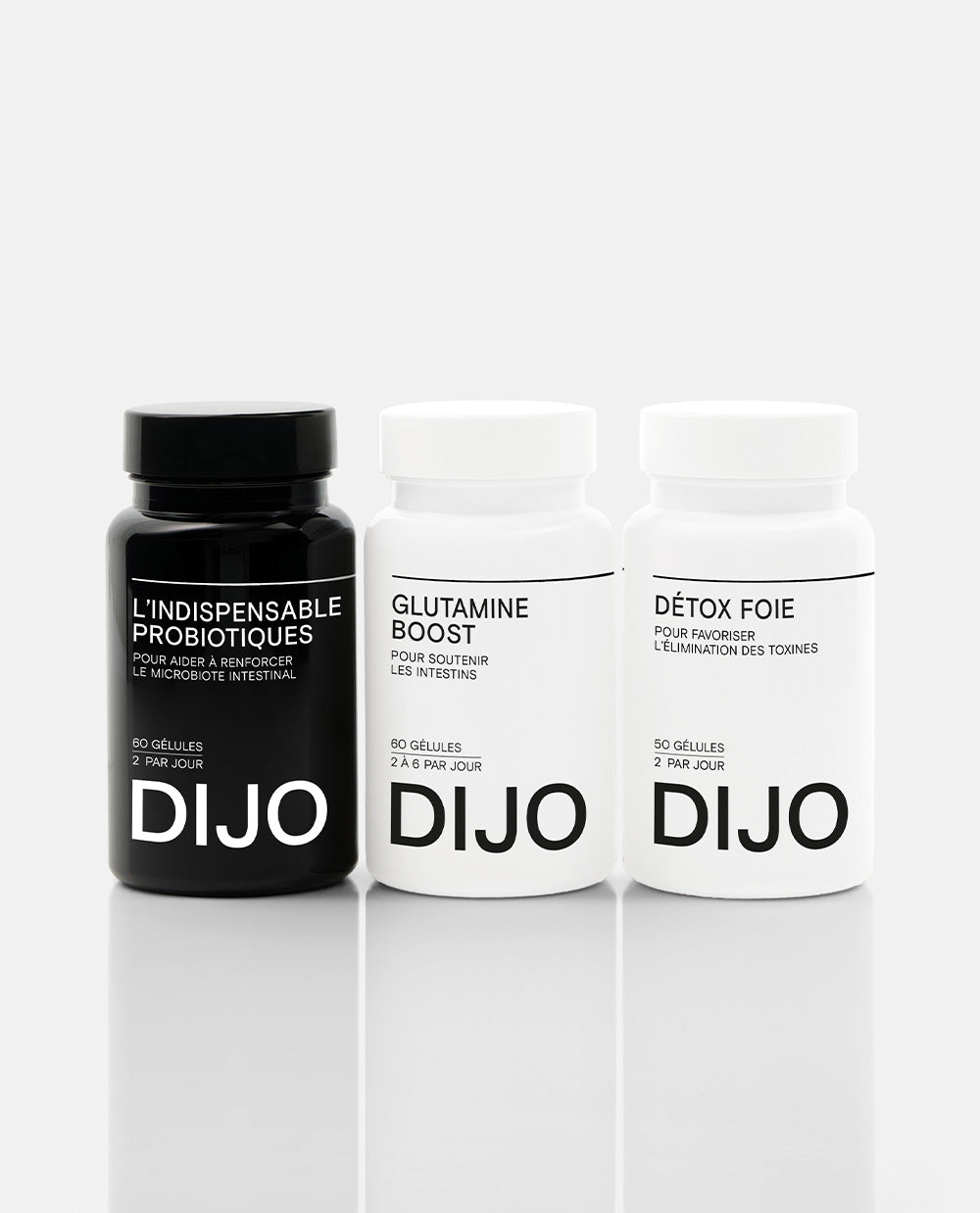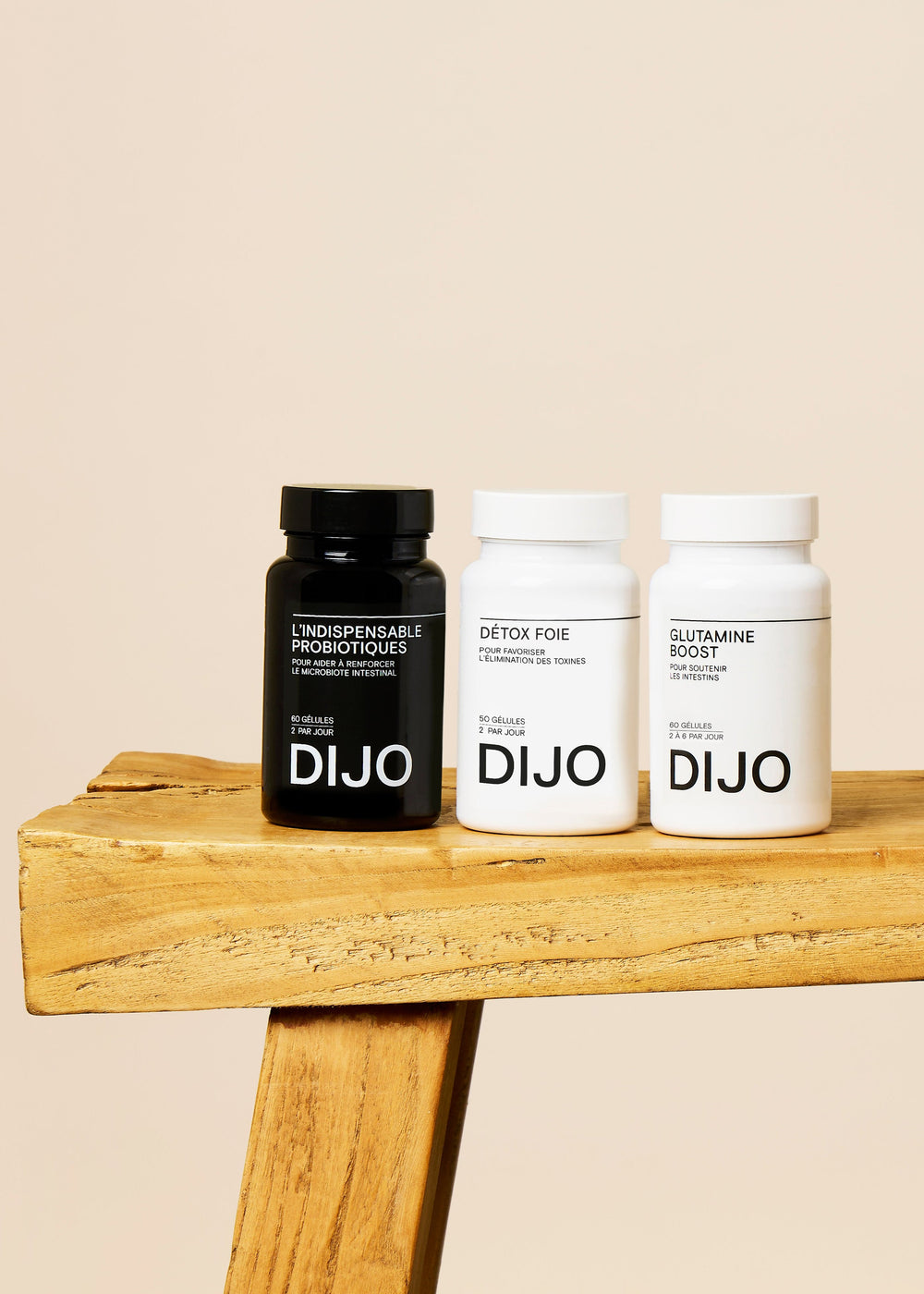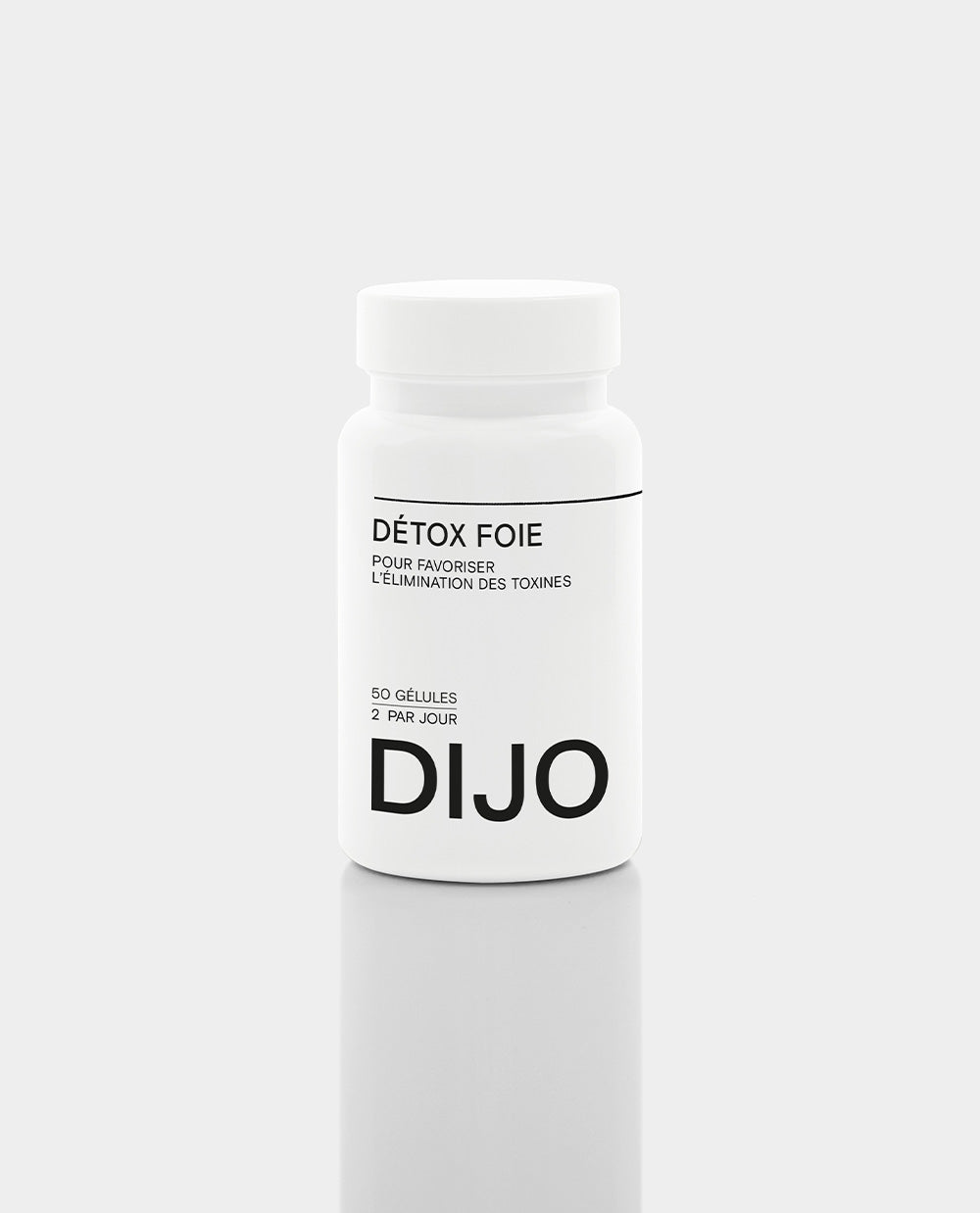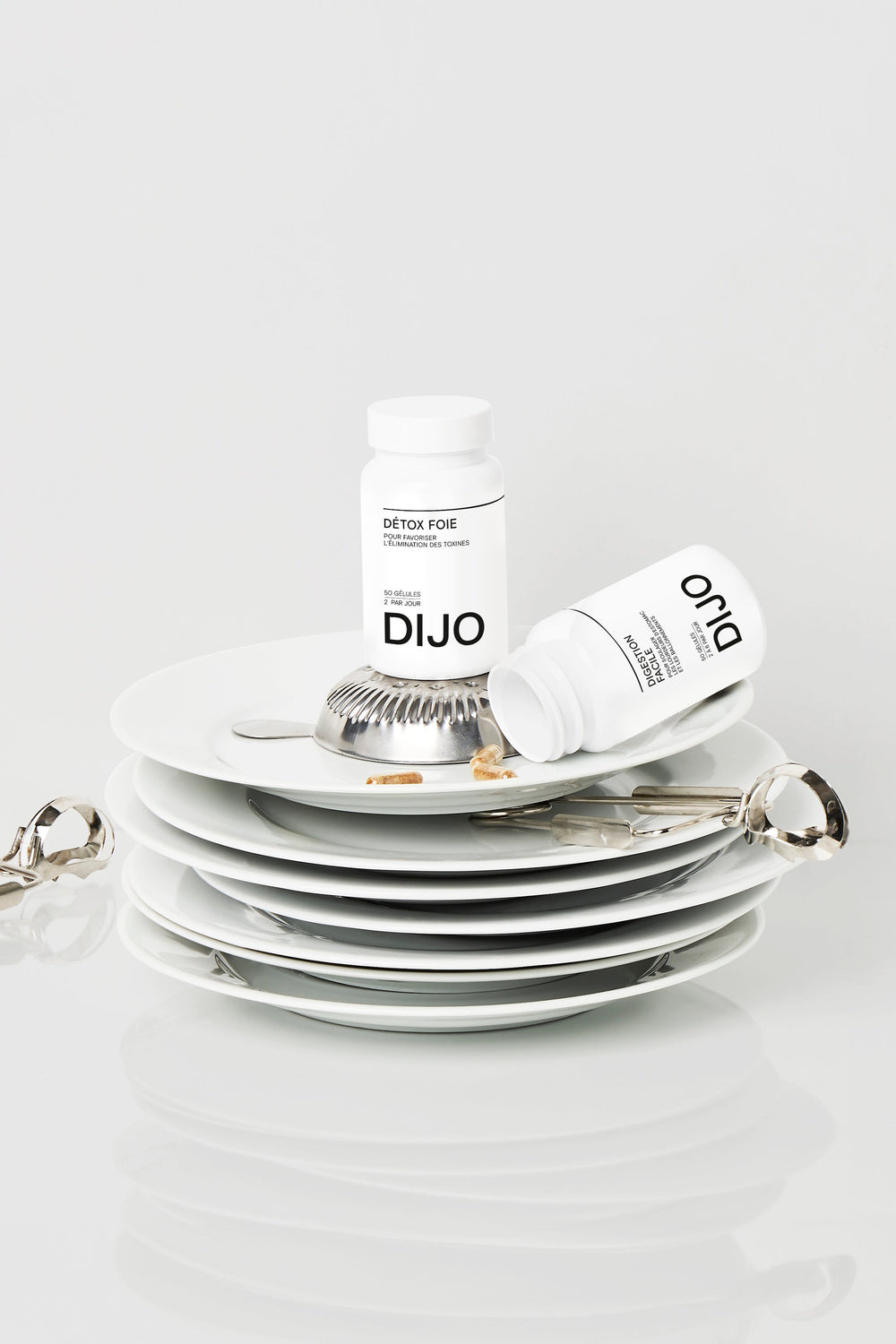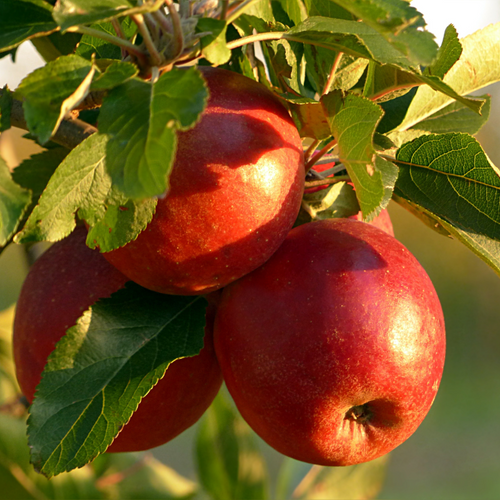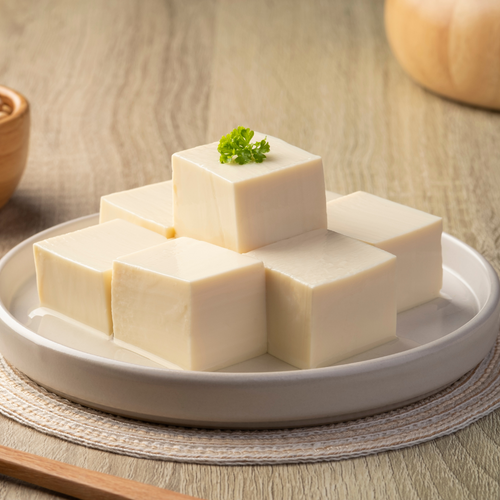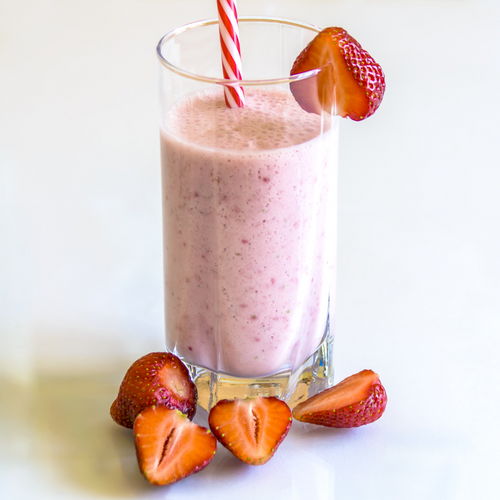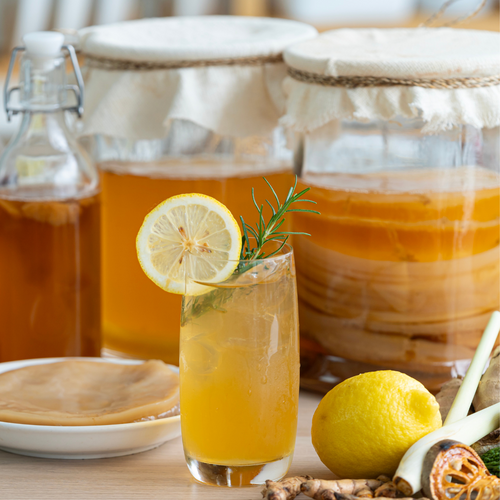The digestive system is a fabulous reservoir of mysteries. We learn more and more about this device every day thanks to the various studies that are carried out. This system which houses the microbiota is responsible for different functions of the body.
What you must remember :
- The human digestive system is made up of different organs: mouth, esophagus, stomach, small intestine, colon, rectum, etc.
- Food is ingested and digested to allow the assimilation of nutrients, before the rest of the food bolus is evacuated.
- The food bolus spends approximately 4 hours in the stomach.
- A complete digestive cycle lasts on average 24 hours.
- The intestinal microbiota is essential in maintaining good digestion, the immune system and the assimilation of nutrients
What is the human digestive system?
The human digestive system is a complex set of organs which allows the entire digestive machinery to be activated from the start of food ingestion. It is located mainly in the bust but is closely connected to the vascular and cerebral system. It breaks down food, absorbs nutrients and rejects unabsorbed waste. Thanks to the different organs and in particular the intestine and the colon, nutrients from food will be absorbed in order to ensure the proper functioning of the body.
As said previously, it houses the intestinal microbiota , a real organ in its own right, guardian of our digestive, immune, cerebral and metabolic well-being. Let's take an overview of the steps that make it up.
How does the human digestive system work?
#1 - Ingestion: where the digestive system begins
Digestion begins as soon as food enters the mouth, but even a little before, when we see or smell food! These visual and olfactory stimuli trigger the process of salivation, a valuable phenomenon for digestion. Indeed, saliva contains enzymes, amylases, which will begin the digestion of carbohydrates upon chewing. The mechanical action of the teeth is also essential: well-ground foods are more easily digested foods. This is one of the reasons why it is important to take your time and chew your food well, because this automatically facilitates the digestive system. By focusing on chewing, we also promote the feeling of satiety, because we generate the production of histamine in the brain, it is a neurotransmitter that modulates the sensations of satiety.
#2 – Journey to the center of the human digestive system, the stomach
The food bolus passes to the stomach through the esophagus, the opening and closing of which is controlled by sphincters. It is driven by peristalsis: all the muscular contractions of the digestive system which allow the food bolus to progress to the stomach, even while lying down! However, we do not recommend it, to avoid any risk of gastric reflux.
#3 – Acid cocktail in the stomach
Arriving in this organ, the food will undergo a more robust treatment combining mechanical and chemical processes. On the one hand, the muscles of the stomach carry out mixing, while the secreted gastric juices attack the food mass to transform it into porridge called “chyme”. The quantities of gastric juices are also around 2 liters per day! Being composed mainly of hydrochloric acid, the juices can cause heartburn when produced in excess. Fortunately, the walls of the stomach are most of the time well protected from this corrosive substance thanks to the mucus it secretes. Once the food bolus is reduced to chyme, it moves towards the small intestine, a new stage of the digestive system.
#4 - The small intestine: the marathon of nutrients
It is the longest part of the digestive tract, measuring between 5 and 8 meters, but above all it is the main site of digestion: it is there that food is assimilated and made usable by the cells. of the organism. The wall of this organ has one more particularity compared to the other organs of the digestive tract: it is made up of numerous folds, called villi, which considerably increase the surface area for absorption of nutrients. When it enters the small intestine, the chyme will still be watered with digestive and bile juices produced by the liver, in particular those intended for the breakdown of lipids. Throughout the passage of the intestine, nutrients will be absorbed as they pass into the blood or lymphatic circulation.
#5 – Dehydration in the colon
The few constituents that have resisted the small intestine, that is to say the fibers, certain proteins, and water, will be able to continue their journey in the large intestine, also called the colon, the last major stage of the digestive system. This one is much smaller, between 80 and 150 cm, and frames the small intestine. It is in this organ that the remains of chyme, still liquid, are transformed into a solid mass: the stools. To get an idea: out of 1.5 L of ingested residue, only 150 g of stools are formed, by dehydration, then evacuated. Bacteria play an essential role in the colon, digesting the last nutrients, fermenting plant fibers, and putrefying protein residues. They also produce vitamins and fatty acids which provide energy and benefits.
#6 – Rectum and anus: the finish line of the digestive system
The rectum is the last segment of the digestive tract, it resembles a light bulb. It is once the feces have reached this stage that we feel the need to have a bowel movement. The anus, controlled by two sphincters, represents the last obstacle for stools.
In reality, we only evacuate 5% of our food intake. Through different mechanisms, the body makes extensive use of foods transformed into nutrients to provide fuel to all organs. Digestion is therefore a crucial process for our health, but nowadays more and more people are affected by digestive problems. These are often synonymous with an unbalanced microbiota . Indeed, the probiotic bacteria that live in our intestines are responsible for many phenomena related to digestion. For example, certain bacteria are responsible for increasing the assimilation of nutrients, others facilitate the breakdown of nutrients, and others participate in maintaining healthy permeability of the intestines. However, due to our current lifestyles, it is often complicated to maintain a balanced microbiota. It is therefore now increasingly accepted that probiotic supplementation contributes to the improvement of many intestinal disorders to relieve the digestive system.
At DIJO, we have created the Top Stomach pack which combines 3 cures: Liver detox , Essential probiotics and Glutamine to get your stomach back in top shape! This pack helps restore the balance of the intestinal microbiota, restore the integrity of the intestinal mucosa and eliminate toxins from the body. In other words, it is the perfect pack to repair the flaws, restore your shield that is the intestines and be able to start again on a good basis.
Sources :
[1] Boudet, S. (2013). From initial conceptions to scientific knowledge: the case of digestion. Doctoral thesis: University Institute of Teacher Training. 95 p.
[2] The secret life of our intestines. Femina version. October 2019.
[3] Wilkins, T., & Sequoia, J. (2017). Probiotics for Gastrointestinal Conditions: A Summary of the Evidence. American family physician , 96 (3), 170–178.
[4] Helander, H.F., & Fändriks, L. (2014). Surface area of the digestive tract - revisited. Scandinavian journal of gastroenterology , 49 (6), 681–689. https://doi.org/10.3109/00365521.2014.898326












